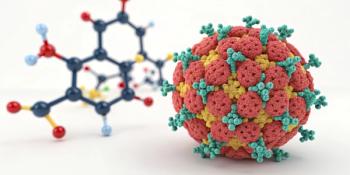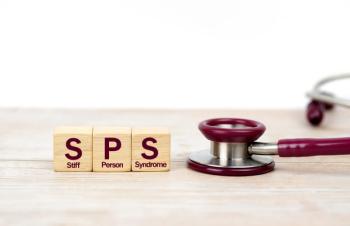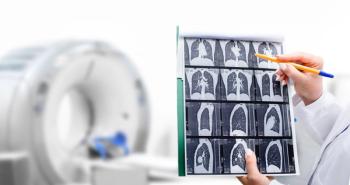
ADA 2010: Liraglutide clinical trial program suggests higher rates of achievement of glycated hemoglobin targets without weight gain or hypoglycemia versus active comparators
A post hoc analysis of 5 clinical trials of liraglutide suggests that it was significantly better than active comparators on a composite end point of glycated hemoglobin less than 7% without hypoglycemia or weight gain, reported French investigators.
A post hoc analysis of 5 clinical trials of liraglutide suggests that it was significantly better than active comparators on a composite end point of glycated hemoglobin less than 7% without hypoglycemia or weight gain, reported French investigators.
Five of 6 clinical trials in the phase 3 Liraglutide Effect and Action in Diabetes (LEAD) program compared liraglutide to active comparators (glimepiride, rosiglitazone, insulin glargine, or exenatide) in patients with type 2 diabetes.
In these trials, which had as their primary end point a reduction in glycated hemoglobin levels, a reduction of glycated hemoglobin of 1.0% to 1.5% was observed with liraglutide 1.8 mg at 26 weeks, together with weight loss, no major hypoglycemic events, and a very low frequency of minor hypoglycemia, said Bernard Charbonnel, MD, professor of endocrinology and metabolic diseases at the University of Nantes, France, and head of the internal medicine, endocrinology and diabetes department at the Hôtel Dieu (University Hospital of Nantes).
A composite end point of achievement of a glycated hemoglobin target of less than 7% with no hypoglycemia and no weight gain was assessed for all comparisons in the trials, all of which were 26 weeks in duration. All 3 components of the composite end point are key factors in developing treatment recommendations, notes Charbonnel. (This composite end point was not a predefined end point of the studies.)
- In LEAD-3, the composite was achieved by 32.4% of patients randomized to 1.2 mg/d of liraglutide, 38.2% of those randomized to 1.8 mg/d of liraglutide, and 7.7% of those assigned to 8 mg/d of glimepiride (P
- In LEAD-2, the proportion of patients reaching this endpoint did not differ significantly between the liraglutide and glimepiride groups.
- In each LEAD trial, significantly more patients treated with liraglutide 1.2 mg/d or 1.8 mg/d reached the composite endpoint (range, 16.1% -38.8%) than those treated with comparators (range, 3.6%-28.9%), with P values that ranged from .0076 to
- When used in combination with metformin, significantly more patients on liraglutide achieved the composite endpoint (range, 31.2%-34.7%) than with glimepiride 4 mg/d combined with metformin (12.9%; P
Newsletter
Get the latest industry news, event updates, and more from Managed healthcare Executive.


















































